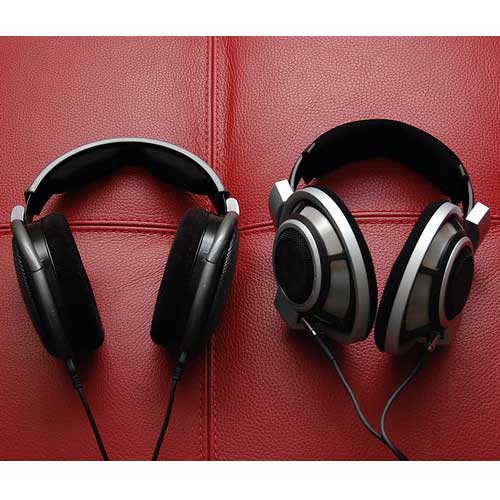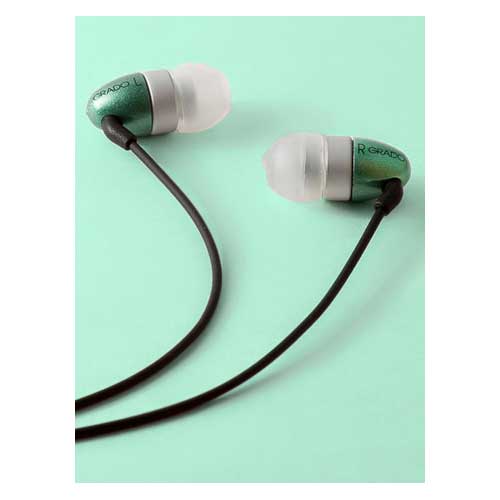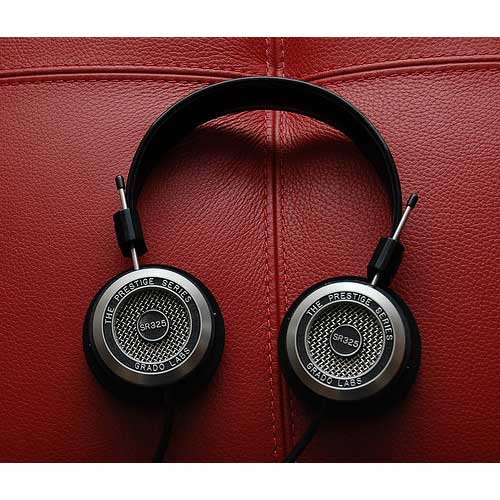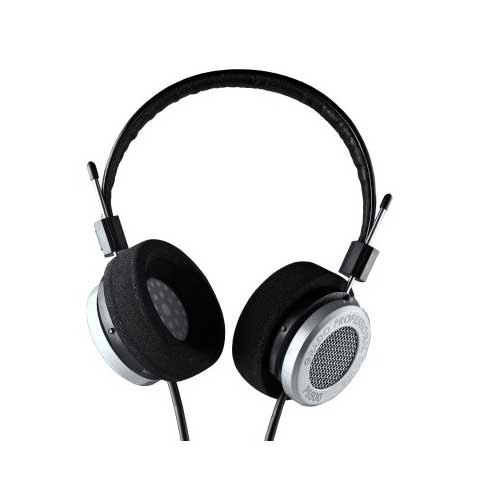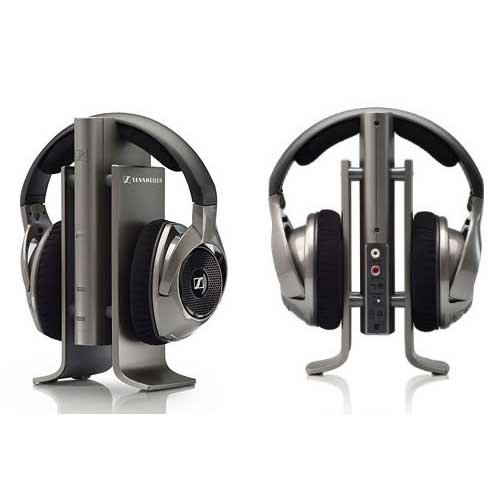Candy in your ears…
A guide to selecting the correct headphones for optimising your private listening experiences.
Headphones are an essential in today’s ‘music-on-the-go’ generation. iPods and similar portable devices have enabled amazing listening experiences to be obtained from small electronics and either headphones or earphones.
However, many people fail to realise that the earphones provided by manufacturers’ own products are mass-produced and are very cheap to produce. Amazingly, the cheaper earphones can decrease the audio performance dramatically. Even cheaper headphones for Hi-Fi systems also fail to provide the quality that is required for a great and ‘breath-taking’ audio experience. This guide will explain what to look for in considering the purchase of either in-ear earphones or full-size Hi-Fi headphones,
In-ear:
In-ear earphones are ideal for portable audio devices, like Walkmans and iPods. They’re small, very affordable and give a relatively enjoyable audio experience. However, manufacturers’ own in-ear earphones often don’t give the performance that they really should. Investing in an upgrade will enhance listening quality and provide a much more dynamic sound stage. As it is a very small unit that fits in the ear canal, asking it to produce a large range of both bass-end and treble-end frequencies simultaneously is a very tall order. As this is so, after market manufacturers such as Grado, Sennheiser, Denon and Audio Technica have delivered improved headphones and earphones which can replace the device’s current supplied earphones to provide a much richer and detailed sound.
Of course, higher prices often equal a better result in terms of sound performance. However, these small headphones are prone to high-levels of wear and tear as they are exposed to many operating environments, all at varying sound levels, which can deplete the life of the earphones very quickly. If you use your portable device in surroundings that are going to be very harsh and demanding, such as sport exercises or in areas of loud external volumes, like factories, it is probably wise to upgrade to a set of earphones that both are robust but also at a price which you are happy to re-pay if your headphones become defective from excessive demanding usage. Yet, if you feel that you’ll operate your device in an atmosphere which is out of harm’s way, more high-end alternatives may just be suited to your requirements and expectations.
Earphone manufacturers used to have a ‘one-size-fits-all’ attitude. These days, the manufacturers have recognised that users of their products are indeed all individuals and are unique in their ear’s physical proportions. Often enough manufacturers now provide adapters that are a much more suited fit and can be attached to the ear-bud unit to obtain a much snugger fit. This means that there are less significant chances of your earphones falling-out on your morning jog and potentially becoming damaged as a result. Most in-ear headphones feature a 3.5mm jack. This allows connection to your portable device, but ¼” adapters are available for connection to be made between a hi-fi amplifier and your earphones. However, if you’re looking private listening devices for Hi-Fi reproduction, we strongly recommend a look into headphones as opposed to using earphones for smaller reproduction on larger-scale equipment.
Headphones:
Headphones are designed to reproduce a much more realistic sound for Hi-Fi in comparison to their portable counterparts. Headphones are ideal, for example, to allow others to watch television whilst you can listen to your music in full privacy. Headphone technology even allows some to become completely isolated from external noise in the surrounding that you’re in; this allows your listening experience to be totally uninterrupted. Below are some explanations of varying types.
Open Back:
Open back headphones allow for more air to be passed over the internal headphone assembly and allows for more bass and dynamic range to be produced as there is more air for sound waves to travel upon. For those whom have no worries for external noise pollution, these are ideal candidates as they produce stunning results and have a true representation of Hi-Fi sound, only in a much smaller scale.
Closed Back:
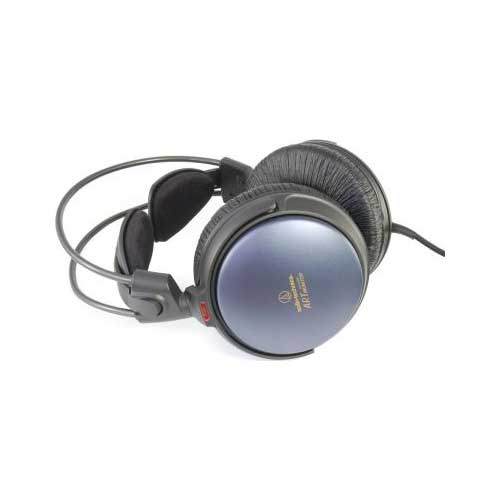
Closed back headphones provide the element of a private listening experience as best as possible. The sound contained within the headphone cans does not leak out and disturb other around you. They are very much an ideal solution for listening to music in a room full of people who may be enjoying other sociable activities, other than music. Also, they cannot interfere with your precious listening activities. However, as the components are enclosed with less air being able to reach them, the performance won’t be as great as their open back counterparts, but that’s not to say that performance hasn’t suffered to severely with new manufacturing design, material and technique. If anything, the quality these days is near enough as strong as open backs. In simple terms, it’s the bass that will suffer more at low levels because of the air being unable to reach the components required to make the lower-frequencies audible. However, these are ideal for superior results in surroundings that require absolute dedication to an uninterrupted performance.
Cordless Headphones:
Cordless headphones are as their name signifies. They are literally cordless. These are great as they allow for the high quality sound you would expect from Hi-Fi headphones without being limited in terms of movement from the Hi-Fi or the television. This means that you could also listen to audio wirelessly around the home and continue doing other activities simultaneously.
How it works is very simple. A charger base allows the headphones to be docked and re-charged between uses. The same charger base plugs directly into the mains for power supply and also connects to your amplifier to receive the audio. The base then transmits the audio through FM radio waves to your cordless headphones. The quality is often fantastic as the technology if limiting noise interference from FM waves has become incredibly advanced. Often enough the base will be able to transmit on various frequencies to avoid interference for others who are listening to FM broadcasts within the house, or to stop a radio station interfering with your own personal cordless headphones’ transmissions from base to headphone receivers. These are ideal for those whom require flexibility in addition to privacy and detailed audio performance.
To get the best out of listening to audio on headphones for a Hi-Fi, we recommend investing in a dedicated headphone amplifier. This gives you much more quality and control. This is because plugging directly into the amplifier’s own headphone jack doesn’t allow for a controlled headphone mix. This is because the amplifier is dedicated to driving speakers as opposed to running much smaller speaker components as found within headphones. However, a headphone amplifier helps to control what frequencies are sent to the headphones and this allows them to perform much better as they then can deliver much more adequate detail of the produced frequencies as opposed to the Hi-Fi amplifier which was deliberately designed for driving a pair of speakers which require power on a greater scale than headphones do.
For free advice and demonstrations of various headphones, please contact us at Hifi Gear. We will be able to assist you with years of knowledge, expertise and personal recommendations from staff who just love their music sounding just right.
Tom Parker
Sales and Website Admin



